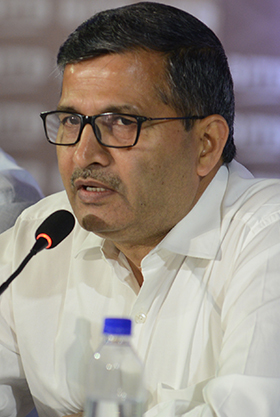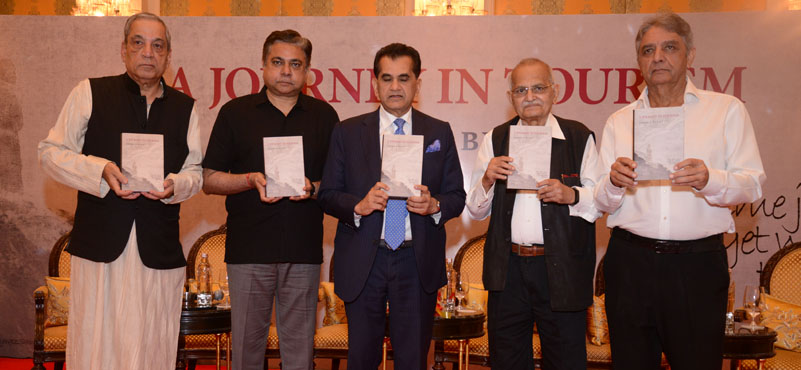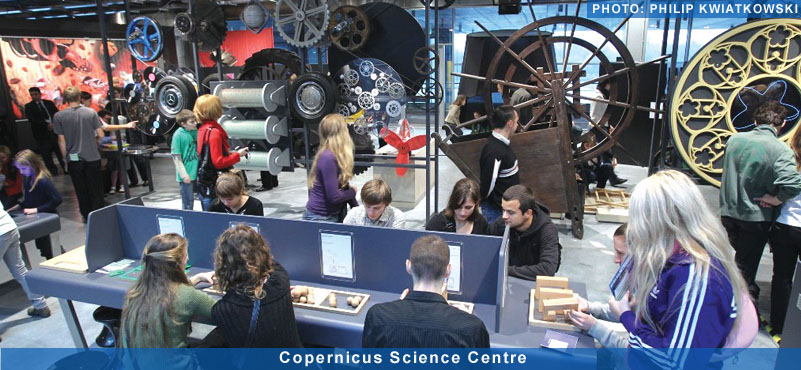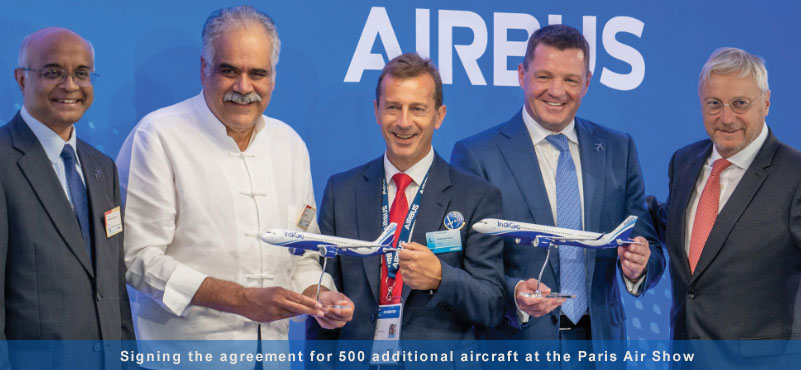‘Joining the Dots’ in industry and government for holistic and all-embracing development of the tourism sector has long been the big puzzle for stakeholders. The subject was under scrutiny at the recently held BITB Paryatan se Parivartan as industry leaders brainstormed on piecing together the effort, asking the private sector to take the lead, also putting forth some out-of-the-box solutions to challenges facing the industry. Extracts from the session:

Chairman, ITRHD
The government needed to set up a special committee for tourism to address industry-specific problems and have time-bound targets on the lines of other goalposts set by the PM, SK Misra, Former Principal Secretary to the then PM Chandrashekhar and currently Chairman, ITRHD, suggested.
He reiterated the industry’s demand for a more reasonable land pricing structure to promote developing more accommodation in the budget segment category. He advocated a policy framework to facilitate the provision of land on a long lease, also advising the government to identify land under its jurisdiction and earmarking them for tourism sector consumption.
Mr Misra underscored the need for a “heavyweight” tourism minister who pulled his weight with the government and was taken seriously, and attested his faith to the idea that an individual could make a visible difference.

Former Governor, Manipur
Former Governor and Home Secretary Vinod Kumar Duggal concurred with Mr Misra on the need for a politically empowered tourism minister, noting that the minister needed to be heard across the government, along with having the time for industry stakeholders and their grievances.
He insisted that the tourism sector was primarily “a private sector driven industry” and the government needed to respect the industry, with efforts to bring more cohesiveness in action coming from all sides. Pointing out that the National Tourism Policy was yet to fructify, even after over five years since it was first rolled out, Mr Duggal called for more resolve from both industry and government to “join the dots.” He noted that initiatives needed to be taken to their logical conclusion.
He also mentioned that the government’s response to BITB’s continued effort in bringing together stakeholders from the public and private sectors to moot the way forward was equally a critical aspect of joining the dots.

CMD, Air India
Air India chief Ashwani Lohani called for the implementation of a single-window framework to facilitate investment in the tourism sector. He noted that information on land banks, clearances and others needed to be centralised to expedite the investment process.
The former Chairman of Railway Board stressed that laying down the necessary infrastructure was critical for taking a quantum leap in attracting tourists. He explained his argument by noting that new international airports in Jewar and Mumbai were going to give a tremendous impetus to tourism. “Else we are going to only witness marginal gains by introducing new flights. The growth in international visitation count is directly linked to the development of new airports,” Mr Lohani said. He also added that putting together the infrastructure was an essential component of various departments working together.

Joint Secretary, MoT
Suman Billa, Joint Secretary, Ministry of Tourism, outlined the proposals shared by the MoT to the Committee of Secretaries for consideration, thereby reaching out to the larger government processes, noting that the threefold objectives were doubling the FTA count from ten to twenty million, creating an additional five million employment and increasing the tourism sector’s contribution to GDP by INR 40000 crores in the next five years.
The ministry had also advocated extending the e-visa facility to 10 years to induce repeat visitations, Mr Billa said. He added that the ministry was keen on tapping the Asian market, especially the lucrative Chinese outbound market of over 130 million outbound, adding that the focus was equally on the Buddhist tourism segment.
Reflecting on concerns involving marketing and outreach, he suggested that India’s perception management in international markets needed drastic improvement and, perhaps, a major PR firm needed to be roped in, incorporating Big Data, keeping an eye on the online chatter which often turned out to be “very damaging.” “We must look at an integrated communication plan to build it all together,” Mr Billa asserted.
Making a mention of restructuring overseas offices, he suggested that these needed to manage vendors who were private entities, also pressing into service the ubiquitous Air India offices to further the message where the tourism office was absent. The MoT was also studying issues impacting skill development initiatives and now focussing on working at the destination-level, mapping requisite skillsets and involving the industry in identifying them. He also expressed concern on low employment being provided by the industry to people undergoing skill development programs, as mandated, which needed to change.

Chairman, PHDCCI
Rajeev Talwar, Chairman, PHDCCI, asked whether the country needed a National Tourism Board and an Incredible India 2.0 campaign when the PM himself had emerged as the most effective campaigner of India on the global stage. He even questioned the idea of having a minister of tourism, arguing that it was private sector-led industry. “PM Modi is a good enough campaigner to promote tourism. He can raise the interest of the diaspora much more than what the industry can, even with relentless, year-round campaigning,” he said. He too echoed similar sentiments on the idea of a politically empowered minister and said that the minister needed to have the “ear of the PM.” He asked the industry to do more, pointing out that most companies had not posted any representatives abroad to further the message and reflected that the private sector was not doing enough to drive marketing initiatives. Mr Talwar also said that private sector was not making adequate efforts to reach out to the government on a sustained basis, further aiding the disconnect.
Speaking on the debate concerning the e-visa platform, he noted that a five-year tourist visa was “a big ask” and batted for doing away with an exorbitant pricing structure, backing the idea of a five-year multiple-entry visa. It could yield more revenue than “all the visa fee put together”, he said.




































